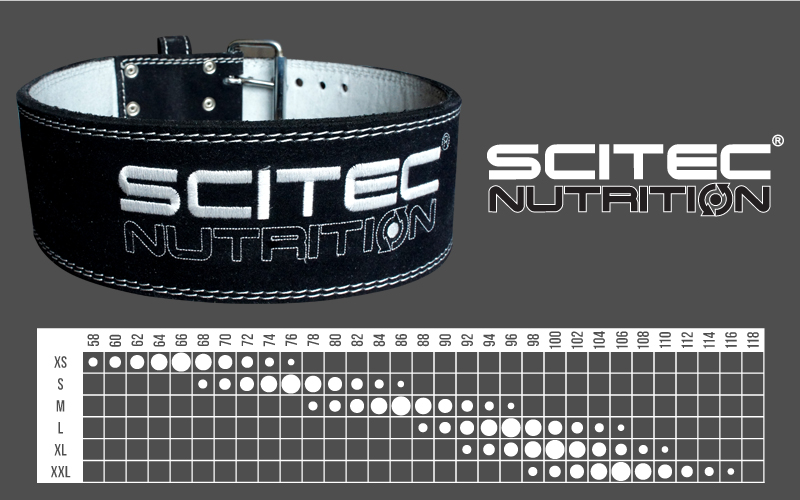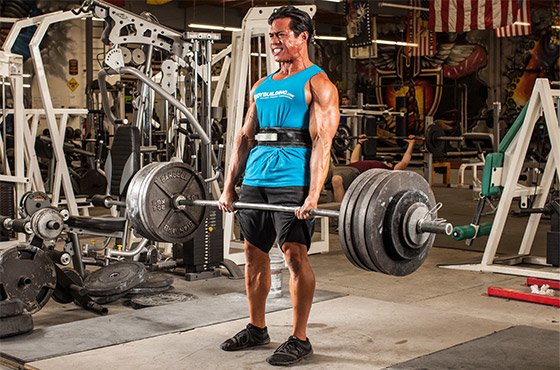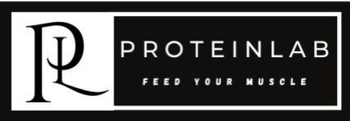Scitec Nutrition Super Power Lifter Belt
ProteinLab sports supplement supplier/wholesaler Malaysia presents!
Scitec Nutrition Super Power Lifter Belt!!

If you're doing heavy deadlifts, squats, etc., a good strong weight lifting belt is essential for maintaining correct posture and reducing injury.
4 inches wide 10mm Heavy Duty Single, Double Prong or Quick Release metal buckle makes tensioning simple and easy.
Power Lifting Belt is made of very good quality strong suede leather with a non-slip surface.
Reinforced stitching edges increase strength and durability.
The super heavy duty Powerlifting Belt is perfect for power lifters. It's constructed of genuine suede leather and has a heavy duty Double Prong closure system. This belt is 10 cm wide and top quality 10-mm thick Suede leather top and bottom.
Perfect belt for power lifters
Made of high quality suede leather with a strong non-slip surface,
Heavy duty Double Prong closure system,
Double line hem for durability,
Heavy Buckle for strict adherence

Belts Stabilize and Reduce Stress on The Spine
Some studies confirmed that wearing a belt during weightlifting increased intra-abdominal pressure by up to 40 percent, while one study reported that compression of the intervertebral discs was reduced by 50 percent. Increasing intra-abdominal pressure is similar to inflating a balloon inside your abdominal cavity. The pressure inside the abdominal cavity pushes on the spine to support it from the inside, while the core muscles in the abdominal wall and lower back push on the spine from the outside. This inside and outside pressure acts to stabilize the spine and reduce the stress it receives when lifting heavy weights. This is how lifting belts can help to protect against back injuries during lifting. It's not due to the belt supplying the support, it's due to the way that the body reacts to the belt that supplies the spinal support.
A Weight Belt Stabilizes Your Spine so You Can Move More Weight.

Belts Create Better Body Biomechanics
Research shows that when lifting boxes, wearing a lifting belt reduces the amount of spinal flexion (forward bend at the spine), spinal extension (bending back of the spine), and lateral flexion of the spine (bending side to side), but increases the amount of flexion at the hips and knees. In other words, a belt forces you to lift more with your legs than your back, which is precisely the biomechanical position you want to use when lifting something from the ground. These are also the biomechanics you want to use during deadlifts and squats with a barbell.
Belts Get Better Performance
Will wearing a belt actually increase your power, strength, or muscle growth? Yes! According to some research, wearing a belt will help increase all the above, at least for lower body exercises like the squat.
If you comb through the scientific journals for weightlifting belt studies, you'll have a hard time finding studies on the effects of wearing a lifting belt on one-rep max strength. So, I decided to do such a study myself back when I was running the Weider Research Group. We had 12 trained lifters who had been consistently doing squats for at least 5 years perform a one-rep max squat with and without a belt on two separate occasions in the lab. The belt they wore was a powerlifing-style belt that was 4-inches all the way around. We found that the belt allowed these lifters to squat an average of 10 pounds more than when they weren't wearing the belt. Other studies have reported that the speed of the reps performed on the squat was about 10 percent faster when subjects wore belts versus when they didn't. This was especially true during the later reps of a set. This suggests that lifting belts may help increase muscle power and help better maintain that power throughout a set.
Some research has also shown that wearing a lifting belt during squats increases the muscle activity of the quadriceps and hamstrings muscles. Having greater muscle activity during an exercise can help to better promote muscle growth in the long run.
Be safe and rest assure you are getting 100% authentic products at the lowest price when you purchase from ProteinLab Malaysia.
You can also like our Facebook for more promotion news at :
Or you can also follow Instagram for more nutrition tips:


